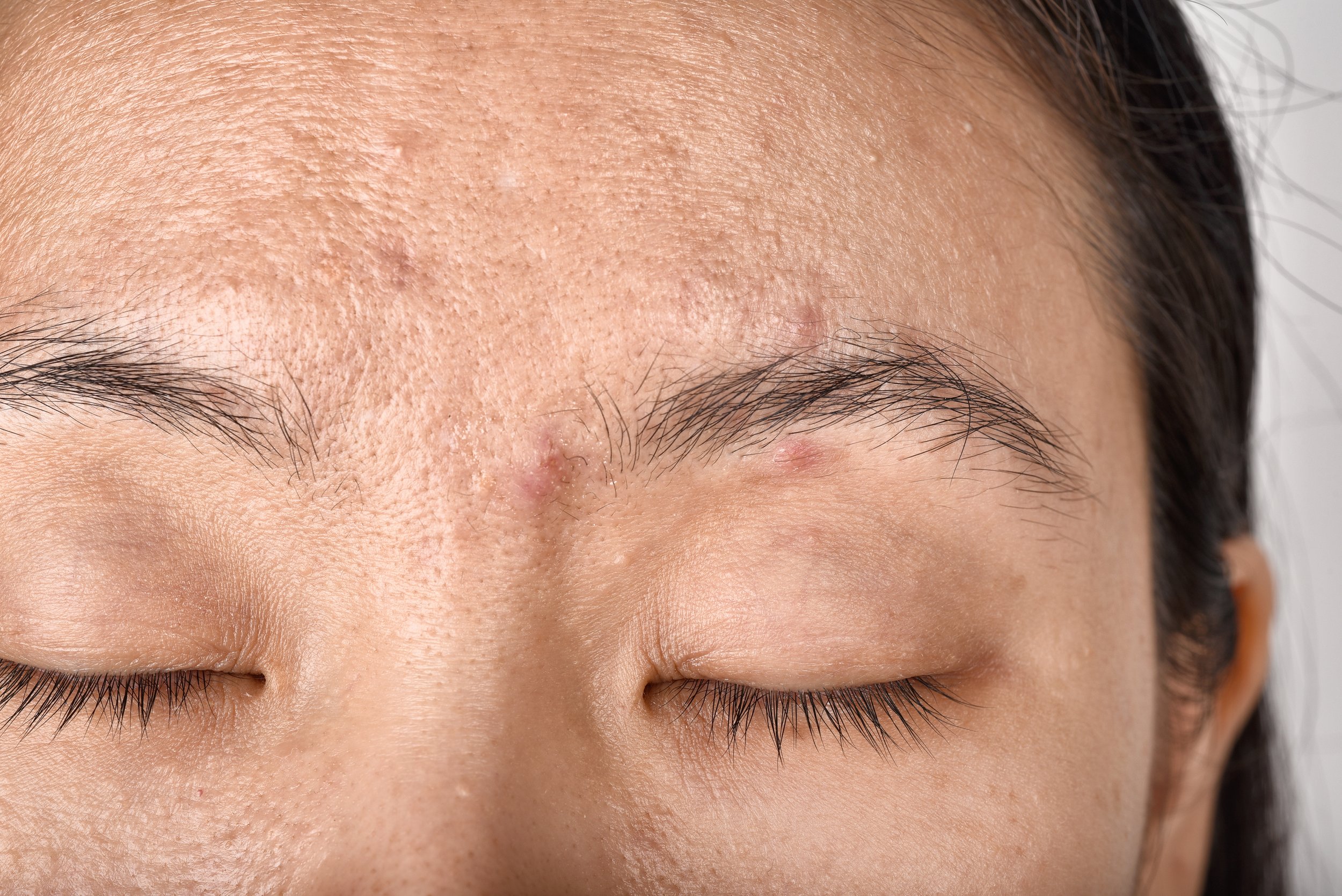CO2 Fractional ablative Laser resurfacing
Skin Conditions Treated with CO2 Fractional Ablative Laser Resurfacing.
CO2 fractional ablative laser resurfacing is a cosmetic procedure that uses a high-powered carbon dioxide (CO2) laser to improve the appearance and texture of the skin. It is considered an ablative technique because it removes layers of skin to promote skin rejuvenation.
Here's how the procedure generally works:
1. Preparation: Before the treatment, the skin is typically cleansed, and a topical anesthetic or numbing cream can be applied to minimize discomfort.
2. Laser Treatment: During the procedure, the laser creates tiny, evenly spaced microscopic channels in the skin. These channels remove the outer layers of damaged skin and stimulate the body's natural healing response.
3. Collagen Stimulation: The controlled laser energy also promotes the production of new collagen, a protein that gives the skin its structure and elasticity. Increased collagen levels can improve the skin's firmness, smoothness, and overall texture.
4. Downtime and Recovery: Following the treatment, the skin will have a "sunburn" appearance and may feel raw or tender. Swelling is also common. Over the next few days, the damaged skin will start to peel or flake off as new, healthier skin emerges. The recovery time can vary, but it typically ranges from one to sometimes as long as two weeks to complete sloughing of dead skin cells.
CO2 fractional ablative laser resurfacing is commonly used to address various skin concerns, such as:
- Wrinkles and fine lines
- Sun damage and age spots
- Acne scars
- Uneven skin tone and texture
It is important to note that CO2 fractional ablative laser resurfacing is more invasive compared to non-ablative laser treatments or less aggressive options. There may be some risks associated with the procedure, including infection, scarring, changes in skin pigmentation, and prolonged or delayed healing. It is crucial to follow post-treatment care instructions provided by your dermatologist or healthcare professional to ensure proper healing and minimize complications.
It's always recommended to consult with a qualified dermatologist or skincare professional to determine if CO2 fractional ablative laser resurfacing is suitable for your specific skin concerns and goals. They can provide a more personalized assessment and guide you through the procedure's benefits, risks, and expected outcomes.
Book a consultation with one of our providers to learn more about CO2 laser resurfacing.
CO2 Fractional Ablative Laser Aftercare
Day 0 (Day of treatment):
If needed, apply ice to the treated area every 2 hours.
Apply Aquaphor Ointment as needed to keep the skin hydrated.
Gently wash your face with a mild cleanser such as Epionce Milky Lotion Cleanser or Cetaphil/Cerave.
Apply Epionce Priming Oil.
Please do not apply sunscreen on the day of your treatment.
Day 1 post-treatment:
Gently wash your face with a mild cleanser such as Epionce Milky Lotion Cleanser or Cetaphil/Cerave.
Apply Epionce Renewal Calming Cream.
Apply an oil-free sunscreen with SPF 30 or higher.
Mineral makeup can be applied if desired.
Use an umbrella or hat when outside.
If needed, apply moisturizer or Aquaphor throughout the day to keep the skin hydrated.
Gently wash your face at night with Epionce Milky Lotion Cleanser or Cetaphil/Cerave.
Apply Enriched Firming Mask and wash it off.
Apply Epionce Priming Oil.
Day 2 post-treatment:
Gently wash your face with a mild cleanser such as Epionce Milky Lotion Cleanser or Cetaphil/Cerave.
Apply Epionce Renewal Calming Cream.
Apply an oil-free sunscreen with SPF 30 or higher.
Mineral makeup can be applied if desired.
Use an umbrella or hat when outside.
If needed, apply moisturizer or Aquaphor throughout the day to keep the skin hydrated.
Gently wash your face at night with Epionce Milky Lotion Cleanser or Cetaphil/Cerave.
Apply Enriched Firming Mask and wash it off.
Apply Epionce Priming Oil.
Day 3 post-treatment:
You can start using your regular moisturizer, sunscreen, makeup, and other products. However, avoid using retinol until your skin has fully peeled, typically around day 7.
General Notes:
It's normal for the skin tone to appear darker within 2-3 days as part of the skin regeneration process.
Avoid peeling off dried skin cells by hand.
Refrain from intensive exercise for 24 hours after treatment, and avoid using saunas for two weeks.
Do not use retinoids for 7 days after the procedure.
If you experience any adverse side effects, please call the office at (650) 482-7546.

